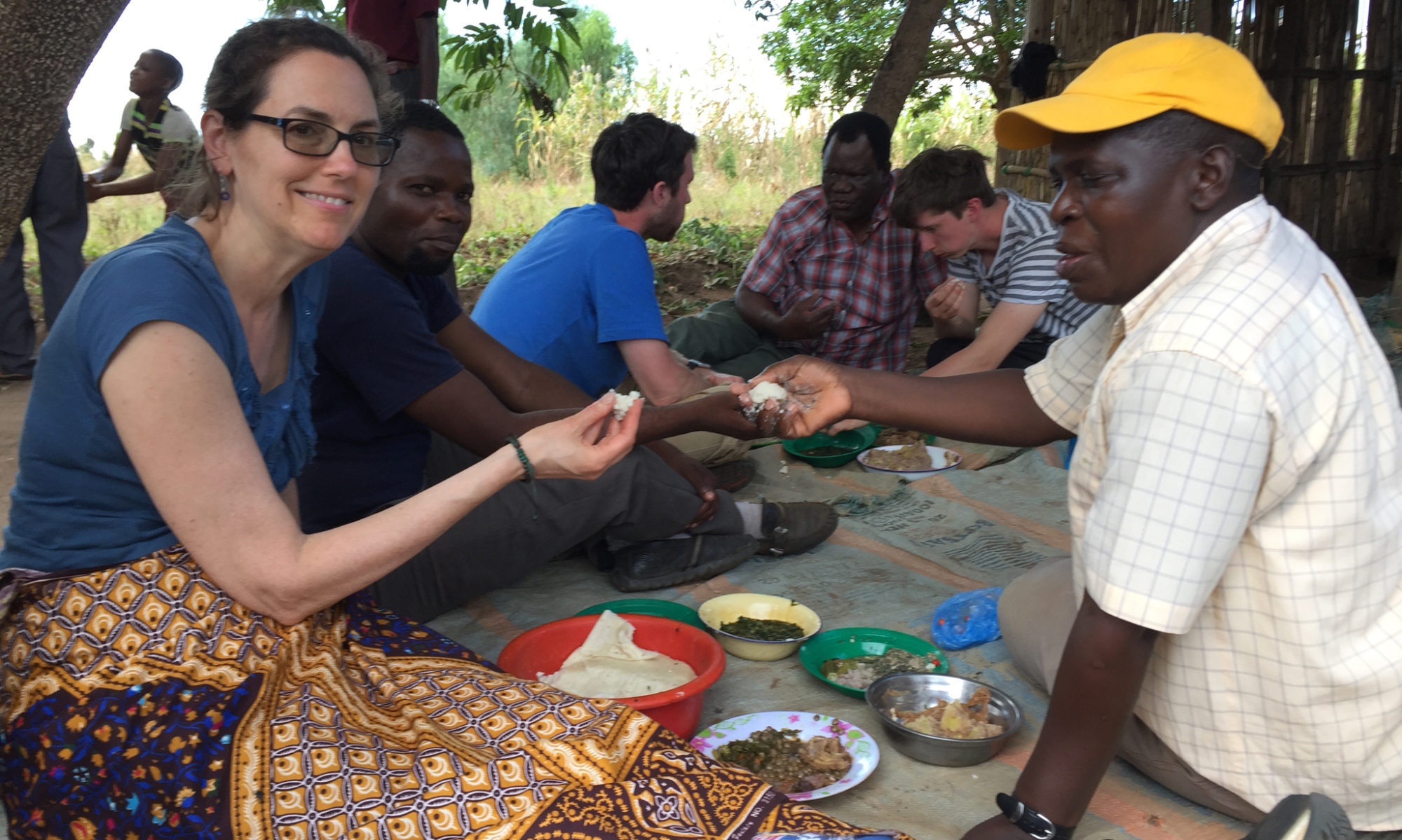Sleep is often considered a luxury but a fundamental component of our health and well-being. Understanding the science behind sleep reveals its profound impact on our physical and mental health. Let’s delve into the various aspects of sleep and how it affects our bodies.
The Basics of Sleep
Sleep is a complex biological process involving multiple stages. These stages include non-rapid eye movement (NREM) and rapid eye movement (REM) sleep, each serving distinct purposes.
- NREM Sleep: This stage is divided into three phases: light, moderate, and deep sleep. Deep sleep, also known as slow-wave sleep, is crucial for physical restoration. During this phase, the body repairs tissues builds muscle and bone, and strengthens the immune system.
- REM Sleep: This stage is characterized by vivid dreaming and increased brain activity. REM sleep is essential for cognitive functions such as memory consolidation, learning, and emotional regulation.
The Role of Sleep in Physical Health
- Immune Function: During sleep, the immune system releases cytokines, proteins that help fight infection and inflammation. Lack of sleep can reduce the production of these protective proteins, making the body more susceptible to illnesses.
- Cardiovascular Health: Quality sleep helps maintain heart health by regulating blood pressure and reducing inflammation. Chronic sleep deprivation is linked to an increased risk of heart disease, hypertension, and stroke.
- Metabolic Health: Sleep influences the hormone balance that regulates hunger and appetite. Insufficient sleep can disrupt these hormones, leading to increased hunger and a higher risk of obesity and diabetes.
Sleep and Mental Health
- Cognitive Function: Sleep is critical for brain health. It aids in memory consolidation, problem-solving, and critical thinking. A lack of sleep impairs cognitive functions, affecting decision-making and reaction times.
- Emotional Stability: REM sleep plays a significant role in processing emotions. Insufficient sleep can lead to mood swings, anxiety, and depression. Chronic sleep deprivation is often associated with mental health disorders.
- Stress Reduction: Sleep helps the body manage stress by lowering cortisol levels. High levels of stress hormones can lead to various health issues, including anxiety and cardiovascular problems.
The Impact of Sleep on Daily Performance
- Productivity and Focus: Adequate sleep enhances productivity and concentration. It enables better focus, faster thinking, and improved decision-making skills. Conversely, sleep-deprived individuals often struggle with attention and productivity.
- Physical Performance: Athletes and physically active individuals need quality sleep for optimal performance. Sleep aids muscle recovery, improves endurance, and reduces the risk of injuries.
- Safety: Sleep deprivation is a significant factor in accidents and errors, particularly in activities that require alertness and quick reflexes, such as driving or operating machinery.
Tips for Improving Sleep Quality
- Maintain a Regular Sleep Schedule: Go to bed and wake up simultaneously every day, even on weekends.
- Create a Restful Environment: Ensure your bedroom is dark, quiet, and calm. Invest in a comfortable mattress and pillows.
- Limit Exposure to Screens: Reduce screen time before bed as the blue light from devices can interfere with melatonin production, the sleep hormone.
- Avoid Stimulants: Limit caffeine and nicotine intake, especially in the evening.
- Practice Relaxation Techniques: Before bed, wind down with activities such as reading, meditation, or a warm bath.
Sleep is a vital pillar of health, influencing our physical and mental well-being. Prioritizing good sleep hygiene and understanding its importance can lead to a healthier, more fulfilling life. Remember, quality sleep is not a luxury but a necessity for optimal health.
This comprehensive look at the science of sleep illustrates why it is essential to prioritize sleep in our daily lives. By doing so, we can enhance our overall health and well-being.
Dr. Barbara R. Edwards, an internist, practices at Penn Medicine Princeton Health in the Princeton Medical Center and is their Academic Director for the Ambulatory Residency Program.






